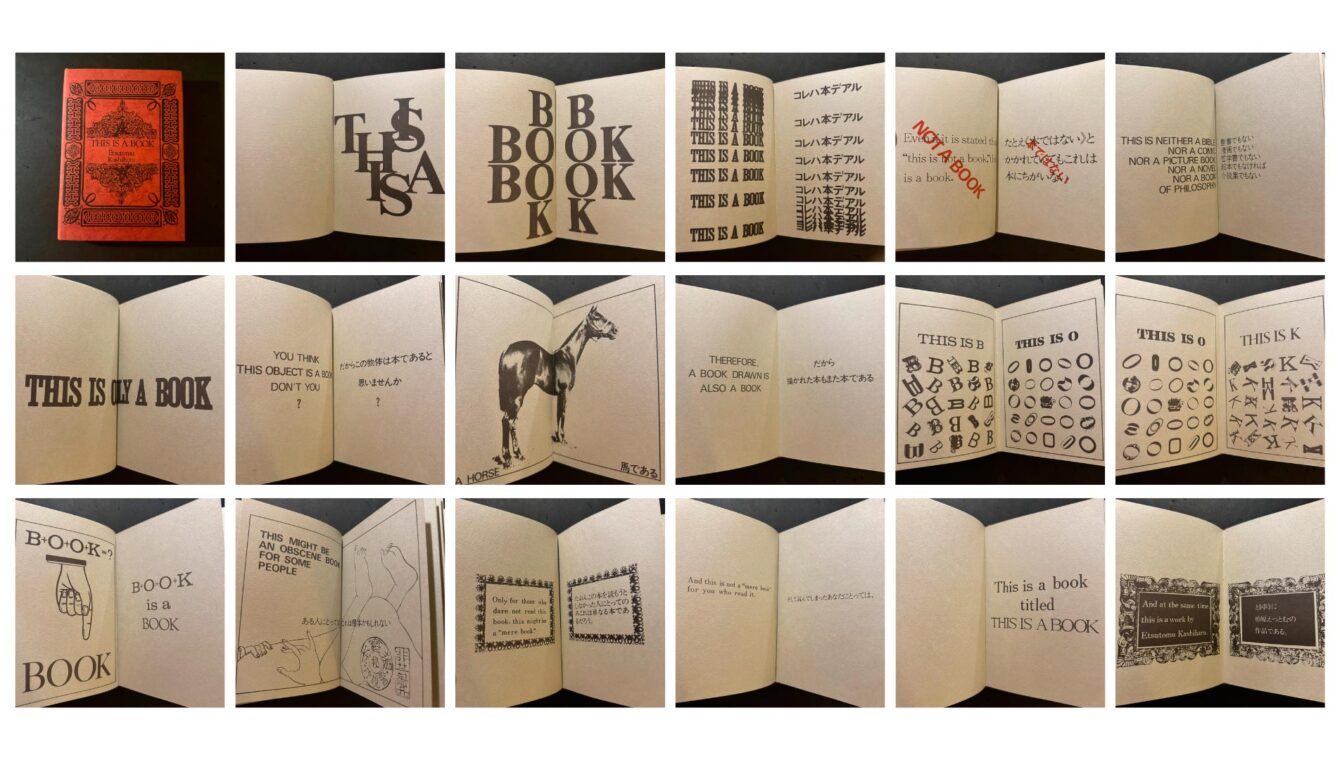Experimental Publications?

Indie Publishing X Experimental Publications
Internationally known, when naming events, as “art books” and usually defined in Brazil as “independent publications”, Faísca proposes the classification “Experimental Publications”. Instead of considering only whether the publication was carried out autonomously, the idea is to use a definition that can characterize both the process and the object that results from it, highlighting Visual Arts.
When a publication is named as “independent”, it does not mean that the book is not traditional. In this case, the denomination may leave aside innovation, experimentation and the importance of the material as fundamental space for creative freedom and representation of plural, often marginalized, voices. Experimental publications, then, are taken by Faísca not only as artistics spaces, but platforms for the expression, documentation and dissemination of ideas that would not be found in other places or that are not found in the mainstream.
Therefore, the proposal prioritizes thinking about the possibilities of a book as a work of art, as in the case of artist books, and/or contemporary expression. These publications can shift the experience from an art gallery, transforming contemplation from a distance into the tactile experience of handling replicable objects.
Zines are important vehicles for the expression of underrepresented voices, for innovative ideas and can bring crucial reflections on contemporary identities. They are also important entrances to the market.
The experimentation that guides Faísca’s curatorial line, then, is taken by the initiative not only as a form of constant reinvention for the field, but as means of survival for a niche that is not guided by the large market logic, encompassing cultural agents that are little covered by the traditional editorial market .